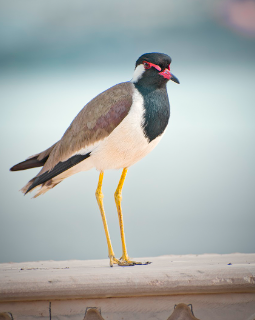
Lapwing: Identification, Behaviour, and Feeding Tips
Share
The Lapwing (Vanellus vanellus) is a member of the plover family it is also known as the green plover or pee-wit after its call. It is mainly black and white, but has a green tint on its back.
The male has a long crest and a black crown and females have shorter crests but plumages are very similar. It is also shortest-legged of the Lapwings.
They come from the western part of continental Europe and are the most widespread of out breeding waders and a species associated with a wide range of open country habitats.
Many of these birds reach Britain and Ireland from late September through into November. The flocks that winter here could be in their hundreds and even thousands the numbers may be influenced by the weather conditions on the Continent.
Severe cold weather in particular frosty conditions could see the bird relocate from farmland and onto estuarine sites, where food is more accessible. Some birds may also leave the UK if things get really bad to seek better conditions in France and Spain.
The Lapwing often feeds in mixed flocks with golden plovers and both species prefer to feed at night when there is moonlight.
It feeds primarily on insects and other small invertebrates. Prosecto- Insectivorous is a year round soft-food for insect eating birds and it provides plenty of vitamins and minerals.
It contains dried flies and a variety of ingredients blended with special oils and Bakers’ Honey. It is made to retain freshness and will not turn sour and is a mix that is rich in protein and is one that the birds will love.

They are an unlikely garden visitor; however should you be lucky enough to host them our Prosecto- Insectivorous, dried or live mealworms can be fed from a soft-food feeder or a sheltered bird table; it is also suitable for feeding from a small container that can be placed at the base of shrubs or bushes.
Over the last decade the Lapwing has suffered a serious decline in numbers and now has a Red List status.
Written by Tina Jakes
